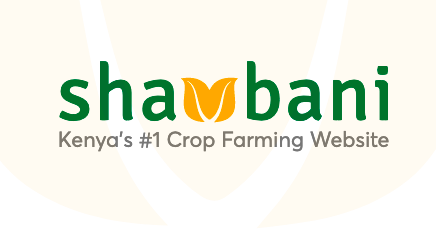
Going into Maize Farming in Kenya? This article sums up the entire process with links to articles which detail more information for each step.
- Site selection: Where can you grow your maize and why you should grow it there.
- Seed variety: What type of maize seed should you buy & what kind of produce will it yield.
- Land preparation
- Pest and disease management
- Harvesting and post-harvest management
We have described each of the topics in detail in the subsequent chapters.
Site Selection
When determining the site that you will ultimately prepare and grow your maize crop. You need to answer the questions; ‘where will I grow my maize?’ and ‘why should I grow it there?’.
When we get to site selection, we have to consider a range of factors. These comprise; the type of soil, topography, water availability, and the temperature ranges of the area.
Read More about Site Selection
Seed Variety
How do you select the right seed variety when growing maize at the coast and lowland areas?
The Seed variety you select, has a direct effect on the amount of crop you harvest. Different maize seed varieties are produced through plant breeding processes. To maximize the amount of yield that different regions can achieve under different circumstances.
The site you select heavily influences the type of seed variety you choose due to factors such as type of soil, rainfall patterns, temperatures, topography.
This choice should factor in characteristics of the variety, such as whether drought resistant for drought-prone areas, resistance to a specific pest, early maturing, high yielding, or even whether the plant will have a strong stem and roots for windy areas or areas with sandy soils.
Learn how to choose the best Maize Seed Variety
Land Preparation and Planting Requirements
After selecting an appropriate site for cultivation. It’s time to review other planting requirements of maize, such as seed rate, fertilizer rate, planting depth and weeding cycle.
Learn how to Prepare your land, Plant your Maize & Apply your Fertilizer rate
Pest and Disease Management
This covers the various pests and diseases that are of economic importance when growing maize in Kenya.
It further identifies and defines the methods of management of these pests and diseases. Pest types vary, ranging from; insect pests, animal pests, weeds, pathogens and human pests.
Pests cause physical damage to crops and, if not managed swiftly, can lead to massive losses. Some of these pests will not only damage maize through biting, burrowing or cutting. But will also spread diseases, hence introducing diseases into your field.
Some diseases such as the MLND (Maize Lethal Necrosis Disease) can lead up to 100% in losses. Making pest control and disease management a key factor in Maize Production.
Learn more about the Pests & Diseases that can harm your Maize plants & How to Manage them
Harvesting and Post-Harvest Management
This covers harvesting right from the preparation before harvesting until the crop is finally harvested and thereafter, post-harvest management. This includes; drying of the maize, threshing, storage, and storage pest management.
Learn How to Profitably Harvest Maize & Reduce Post-harvest Losses for Farmers in Kenya


